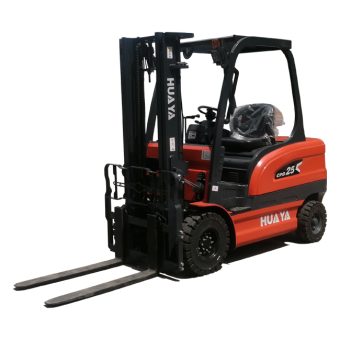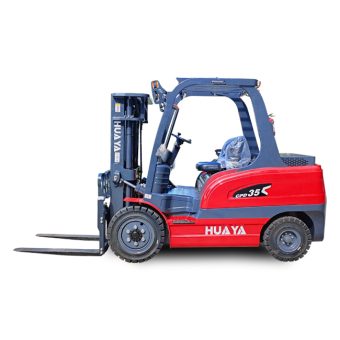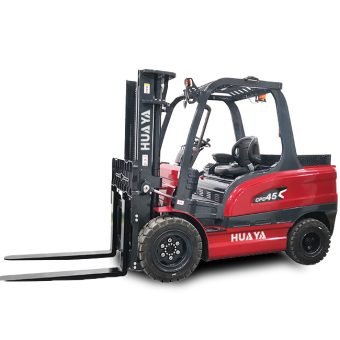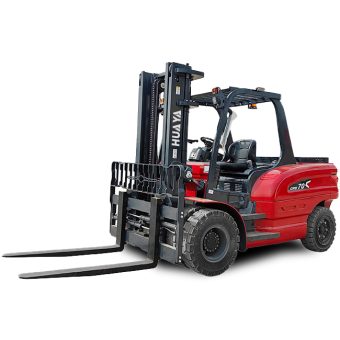
News
Drive gears are critical components in an electric forklift's powertrain system. They play a key role in transferring torque from the motor to the wheels, enabling smooth and efficient movement. However, when drive gears fail or break, it can result in costly repairs, downtime, and reduced productivity. Understanding what causes drive gears to break in an electric forklift is essential for preventing mechanical failures and ensuring long-term performance.
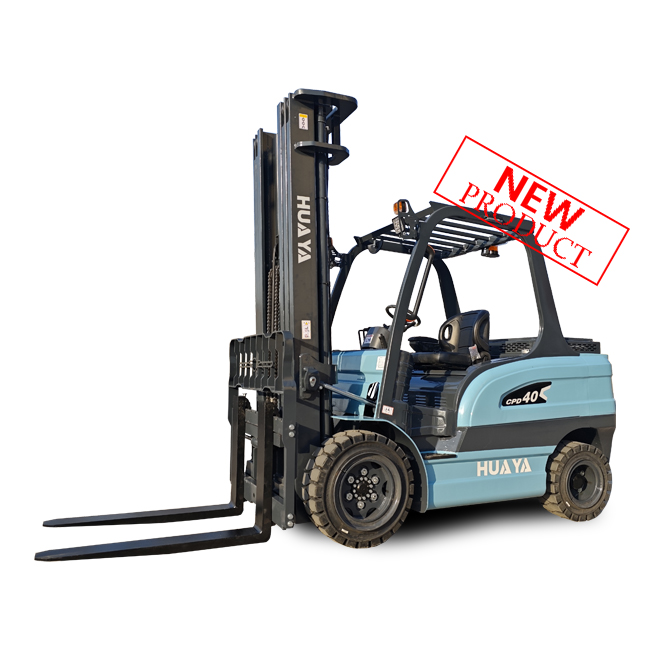
One of the most common causes of drive gear failure is overloading. Electric forklifts are designed with specific load capacities. When operators exceed those limits—whether by lifting heavier loads or operating on steep gradients—the increased torque demand puts extreme pressure on the drive gears. This stress can lead to gear tooth fatigue, chipping, or complete breakage over time.
Best Practice: Always operate within the manufacturer’s specified load limits. Using attachments or operating in environments not suited for the forklift’s specifications can also accelerate gear damage.
Drive gears require adequate and clean lubrication to function correctly. Poor lubrication—either due to infrequent maintenance, contamination, or using the wrong type of gear oil—can cause increased friction and heat. This leads to accelerated wear, scoring, and eventual gear tooth failure.
SEO Tip: Regularly check and replace gearbox oil using manufacturer-recommended lubricants. Include routine inspections in your forklift maintenance schedule to ensure gear longevity.
Improper alignment during assembly or maintenance can cause uneven pressure distribution across the gear teeth. This leads to premature wear and localized stress points that increase the risk of breaking under load. Similarly, incorrect torqueing of fasteners or using substandard replacement parts can compromise the gear’s integrity.
Expert Insight: Always rely on certified technicians for maintenance or repairs. Using genuine parts and following precise installation procedures can prevent future drive gear issues.
Although rare, material fatigue or manufacturing defects can lead to early gear failure. Repeated stress cycles, poor heat treatment during production, or inconsistencies in metal quality can weaken the gear structure over time.
Preventive Measure: Source forklifts from reputable manufacturers that comply with ISO standards. Periodically inspect older forklifts for signs of metal fatigue, especially in high-use environments.
Sudden stops, fast directional changes, or aggressive acceleration can produce shock loads that strain the drivetrain system. These abrupt movements can crack gear teeth or cause internal gear misalignment.
Operator Training Tip: Ensure operators are trained to drive smoothly, avoiding sudden shifts or stops. This not only extends the life of the drive gears but also reduces wear on the entire forklift drivetrain.
